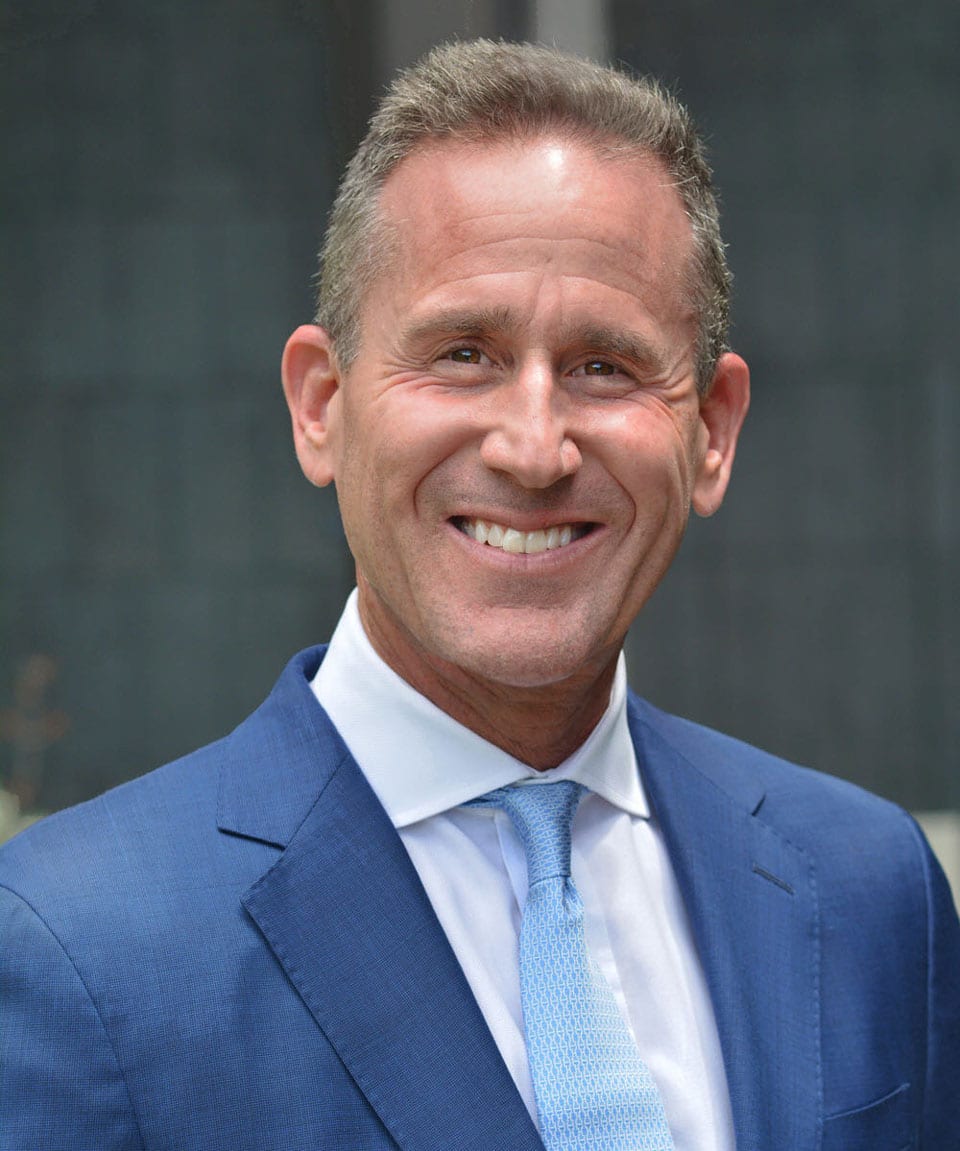The Importance of Having “The Talk” Concerning Family Wealth

A surprising number of families are unprepared for wealth transfer. A recent study found that just 50 percent of North American family offices have a succession plan in place. In some cases, the reason stated was “discomfort in discussing the sensitive subject matter.”
Successful wealth transfer takes into account the needs, wants, skills, dreams, and passions of everyone involved. The most productive family conversations about wealth management and transfer go well beyond the concepts of what the trust vehicle is and what the financial metrics are. Furthermore, these conversations should not be one-directional — the grantor imparting information to the heirs. Everyone involved needs to think about what the wealth means, why grantors want to pass on the money, and what those who receive it want to do with it.
In short, inheritors need to be prepared to deal with the wealth. If wealth is imparted without a plan, without vision, without taking into account the inheritors’ passions, it can feel like a burden.
If grantors have had the discussions with inheritors that ought to happen, the trust document will be an expression of mutually agreed-upon guidelines. Neither the trust nor the trustee should have to take on the role of referee, and this won’t happen if the trust is established with input from both the grantors and the inheritors.
Apply these approaches when having “the talk” about family wealth:
- Engage in a frank family discussion.
Share what the wealth will be and invite inheritors to share how they want to use it in their lives. The younger generation today may have values that are different from yours. Many are focused on social responsibility and having a positive impact on the world. They may want to do things with wealth that you’ve never considered. - Consider the legacy you wish to pass on.
A discussion about the legacy that the family hopes to create will set the stage for the overall impact you intend to make. When discussing legacy, family members will want to consider a number of areas. Philanthropy can certainly be part of it. But the larger idea is to create a culture within your family that perpetuates personal self-worth, personal responsibility, maturity — in whatever ways different family members want to express those qualities. If your descendants all find themselves fulfilled in their life’s worth, whatever that is, then what better legacy could there be for a multigenerational family of wealth? - Clarify what opportunities their wealth can afford.
Emphasize among your family members that the wealth is meant to create opportunity, not just be consumed. When clarifying inheritors’ opportunities, help them to understand that they have a safety net beneath them — but that essentially what will help them succeed is identifying and applying their talents and pursuing their passions. Determine how the family as a whole can help each inheritor to explore opportunities. - Help inheritors as they set out to accomplish goals.
You can help your inheritors to develop a plan, establish roles, define measures of success, and make adjustments — whether to small bumps along the way or if a major turnaround is needed — to continue moving forward. For example, if it’s a business that isn’t reaching profitability as quickly as expected, examine what internal or external factors may be barriers and whether adjustments can be made. Or, if the factors are too big to overcome, help them identify a new pursuit. - Treat wealth transfer like a relay race.
Wealth management and transfer is like running a relay race: The first runner is the one who initially created the family wealth, and passing the baton to the next runner can often be the trickiest part. But even if the passing of the baton is smooth, each runner must know how to run the race in order to advance the baton as successfully as possible. Let all team members know that they must help and support one another. The biggest and perhaps most important role of family members is to be cheerleaders. Your inheritors should feel the family’s support every step of the way.
Dispensing wealth willy-nilly with no concrete plan for how it’s going to be used does a disservice to the grantors, the inheritors, the family, and ultimately to society. Having productive conversations about what matters to the grantors, what matters to the next generation, and what the family values represent will make the wealth-transfer process beneficial to all involved.
Written by Steve Braverman.
Have you read?
Business Cooperatives Giving Small Farmers a Voice by Jane Marsh.
A Guide To Selective Laser Sintering Technology.
The future of commercial real estate in North India by Abhishek Srivastava.
How Business Leaders Can Navigate Brand Reputation in the New World of #Deinfluencing by Eric Yaverbaum.
Unlock Your Recruiting Potential with an Email Finder Tool.
Bring the best of the CEOWORLD magazine's global journalism to audiences in the United States and around the world. - Add CEOWORLD magazine to your Google News feed.
Follow CEOWORLD magazine headlines on: Google News, LinkedIn, Twitter, and Facebook.
Copyright 2025 The CEOWORLD magazine. All rights reserved. This material (and any extract from it) must not be copied, redistributed or placed on any website, without CEOWORLD magazine' prior written consent. For media queries, please contact: info@ceoworld.biz








